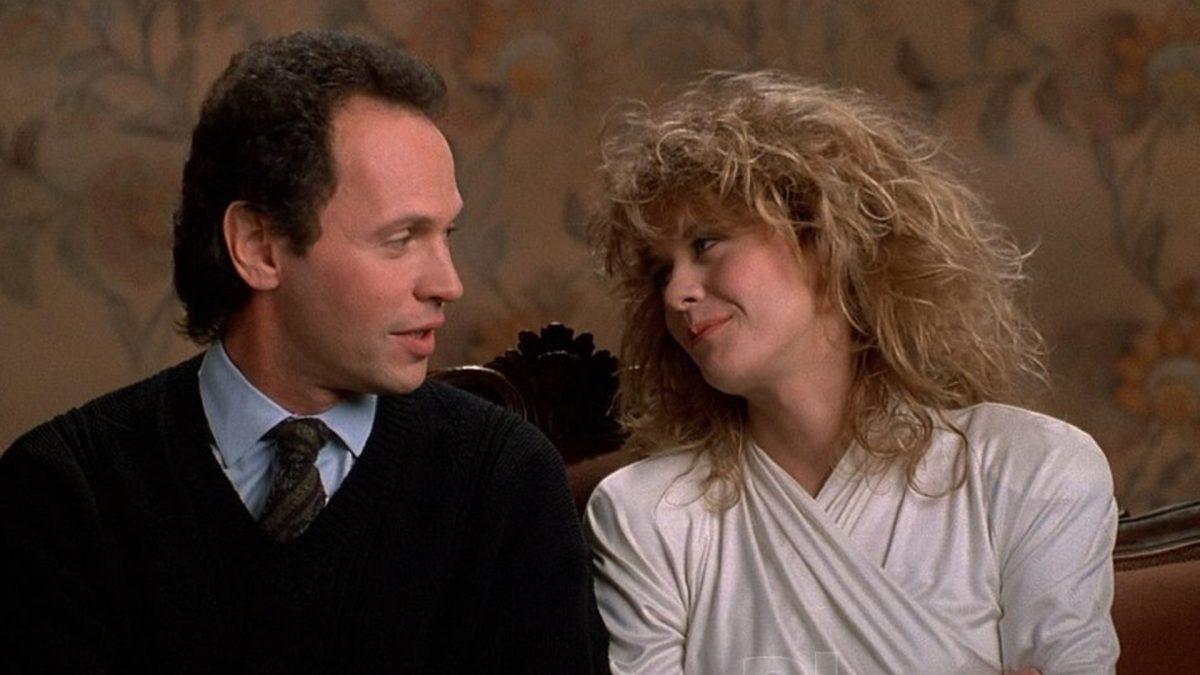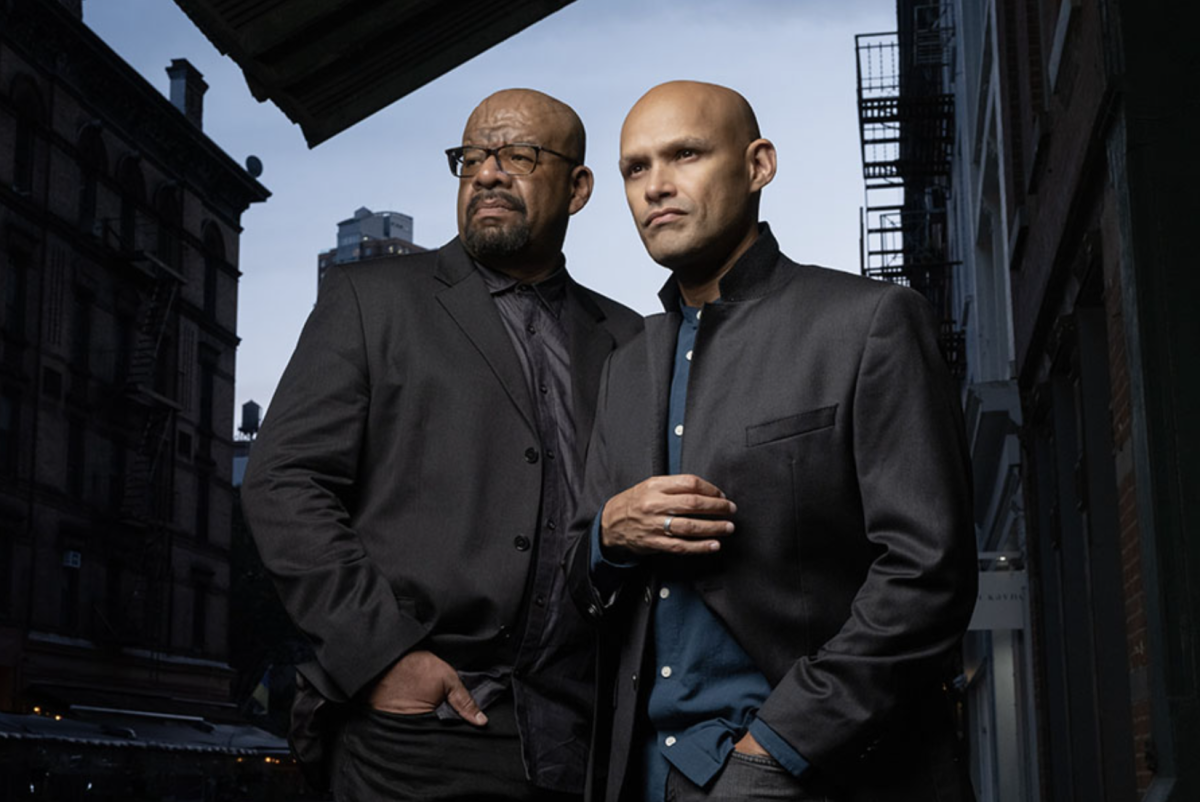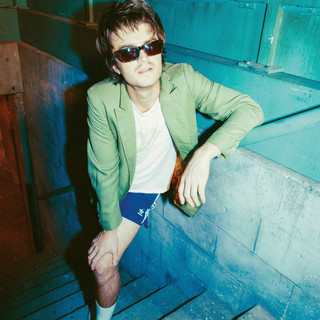The first time I heard a line from “When Harry Met Sally” I was listening to a Modern Baseball track. The emo rock band, in their song “How Do I Tell A Girl I Want To Kiss Her?” sampled iconic, sweepingly amorous statements. These statements made by characters whose meticulously crafted love stories graced our cinemas and permanently altered our views of romance. Tucked between Jimmy Stewart’s ‘lasso around the moon’ and Clark Gable’s immutably relevant advice about kissing, Billy Crystal vehemently declared his love: “I came here tonight because when you realize you wanna spend the rest of your life with somebody, you want the rest of your life to start as soon a possible.” Those words, which celebrate their thirtieth anniversary this year, were written by Nora Ephron ’62, the journalist and screenwriter whose enduring legacy is an unapologetic manifestation of her life, attitudes and upbringing, including her Wellesley education.
We first meet Sally Albright (Meg Ryan) and Harry Burns (Billy Crystal) in 1977, new graduates of the University of Chicago about to embark on an 18-hour drive to New York City together. Not even a minute passes before we see that Sally and Harry exist on opposing ends of a spectrum — where Sally is neurotic and organized, Harry fails to even roll down the right car window to spit out his grape seeds. It’s during this road trip that the question of sex and friendship between men and women was first posed by the characters, and then considered quite seriously by every household in America. The movie continues five years later, and then another five; at this second jump, the timeline slows down just enough for us to watch the characters grow closer and closer together, even if they themselves don’t yet realize it. I won’t dare spoil the details this now-30-year-old movie, but Sally and Harry, at long last and to nobody’s surprise but theirs, admit their love in the champagne-soaked din of a New Year’s party and they lived happily ever after. The end.
Seven years after the release of “When Harry Met Sally,” Nora Ephron — political science major, editor of The Wellesley News, and kindred spirit — graced her alma mater’s grounds and gave the 1996 commencement address. Ephron, among other things, addressed a “snippy” Harvard Crimson article about Wellesley with the wit and contempt of any good Wellesley News writer. She talked about the generational differences she observed between her own class and the one of 1996, noting especially the importance in the newfound ability for the imminent graduates to determine their own path. When Ephron was told by a classmate, “Our education was a dress rehearsal for a life we never led,” she turned around years later to tell 1996 that “[their] education is a dress rehearsal for a life that is [theirs] to lead.”
But it’s in her description of Wellesley from 1958 to 1962 that one can see clear parallels between her life and her films. She doesn’t tell; she shows with the long flourishing sentences that are full of tangents and asides. Her voice is clearly threaded through the descriptive conversations Sally and Harry share, even if the characters remain distinct in their own personalities and mannerisms. One particularly funny line, “dying one of those New York deaths where no one even notices you’re missing until the smell drifts into the hallway weeks later.” It appears both in the commencement address and in that first conversation between Harry and Sally — yes, that 18-hour long conversation. Just moments before Sally fakes the orgasm of the century, another “Wellesley Nora” moment appears. Harry explained his morning-after routine and it offended Sally. Harry’s defense — “this is not about you!” — is no match for Sally/Nora’s biting return — ”Yes it is! You are a human affront to all women and I am a woman!” Indeed, it’s a joke, but at the core of every quip there’s a bit of truth that more often than not hurts. The truth had no place in the generally light 1989 romantic comedy, but it struck in events surrounding 1996. Ephron says, nearing the conclusion of her address, “Understand: Every attack on Hillary Clinton for not knowing her place is an attack on you. Underneath almost all those attacks are the words: Get back, get back to where you once belonged.” And Ephron, ever the journalist, conducted interviews with production crew and incorporated their own love stories into her screenplay. The reason her script is so real, so alive is simply because it is.
I didn’t fall in love with “When Harry Met Sally” because of its humor or the love story it depicted nor is it that Harry and his friend Jess mournfully partake in the football stadium wave while sullenly chatting about divorce. It’s not even Harry’s line that drew me to the movie in the first place. It’s the fact that Nora Ephron created a piece of art from the life that she experienced and observed around her, reflecting a truth that she saw in love won and lost and slowly gained over time. Thirty years later proves that the longevity of “When Harry Met Sally” is genuine. The fact that I can so clearly see her Wellesley roots is really just the cherry on top.




